A particle is moving in a straight line such that dv/dt=−λv, where v is the velocity and λ is a constant. At t=0, the particle is at the origin and moves with velocity v0. Sketch the following graphs:
(a)v−t(b)s−t(c)v−s(d)logevv/st
as solved earlier
(a) v=v0e−λt
Shape: y=v0e−λx, graph will be of the type y=e−x
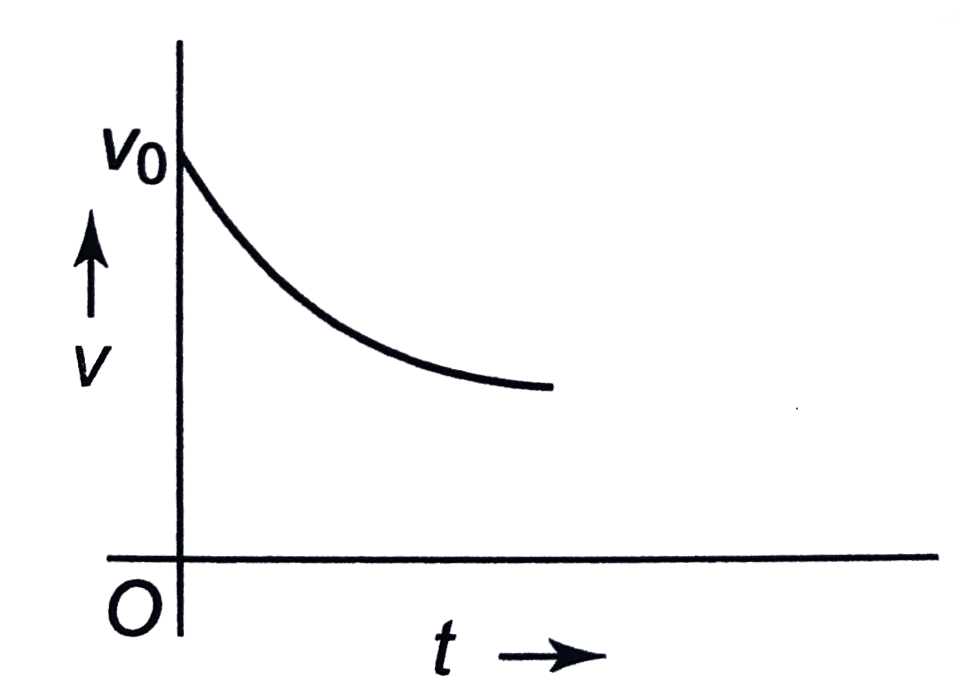
(b) s=v0λ(1−e−λt)
Shape: y=v0λ(1−e−λt), graph will be of the type
y=1−e−x
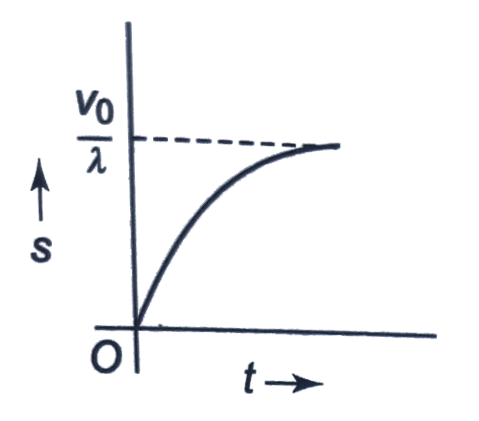
(c ) v=v0−λs
Shape: y=v0−λx(straight line)
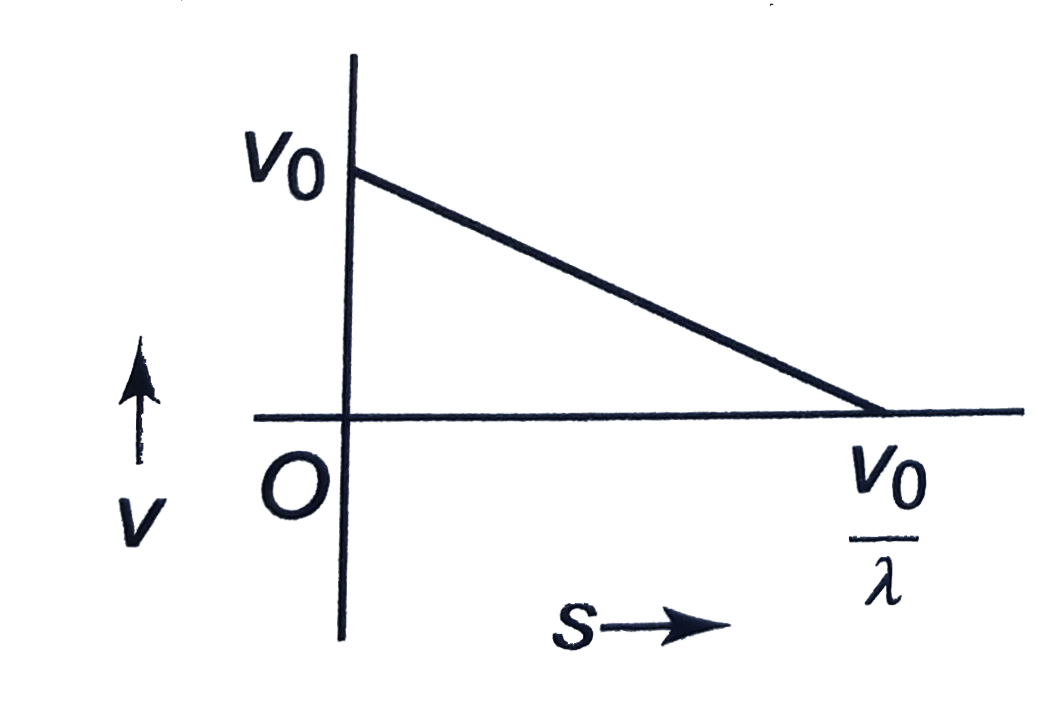
(d) v=v0e−λt
logev=logev0−λt
Shape: y=logev0−λx (straight line)
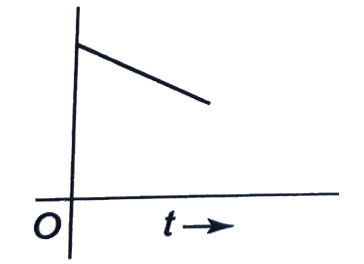
(Graph involving log is always a straight line.)
Topper's Solved these Questions
Similar Questions
A particle in moving in a straight line such that its velocity is given by v=12t−3t2, where v is in m//s and t is in seconds. If at =0, the particle is at the origin, find the velocity at t=3s.
View Solutiona particle is moving in a straight line such that its velocity varies is given by v=10−2t, where v isin the first 8 second.
View Solution
Knowledge Check
- Question 1 - Select One or More
A particle is moving in a straight line according to graph given below : (a is acceleration, v is velocity, x is position, t is time) :
 A
A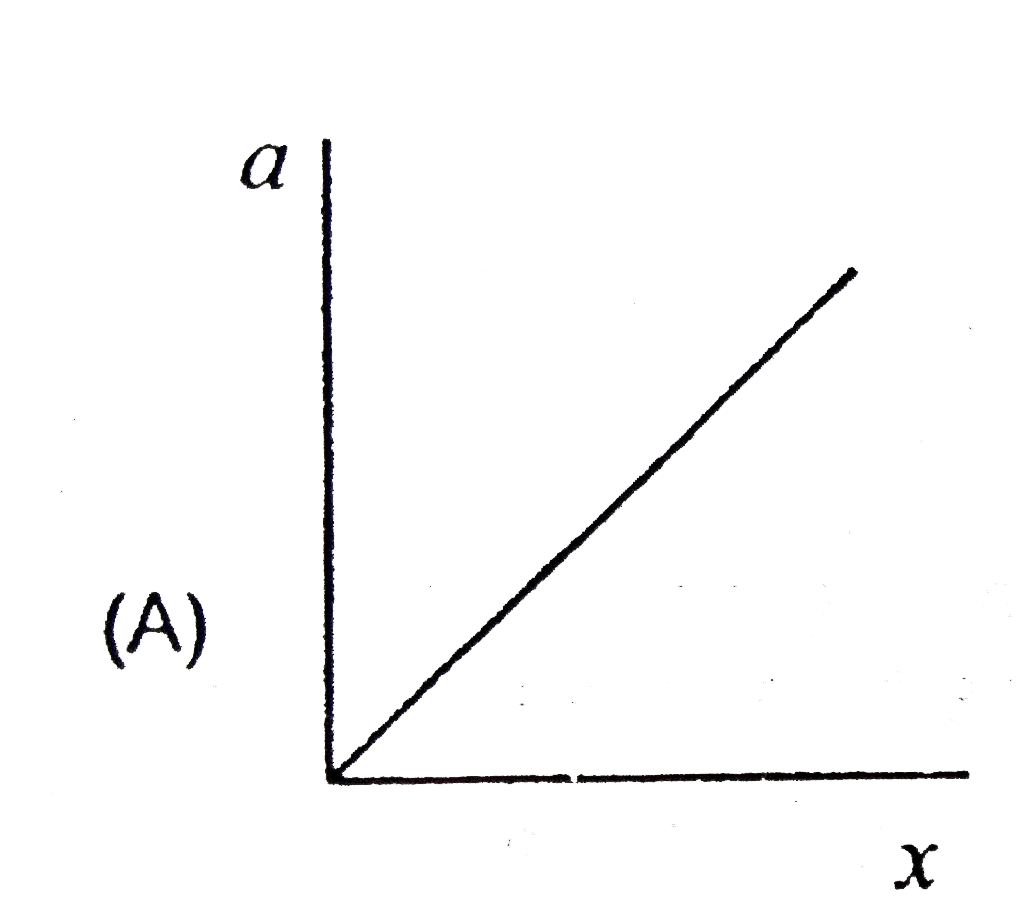 B
B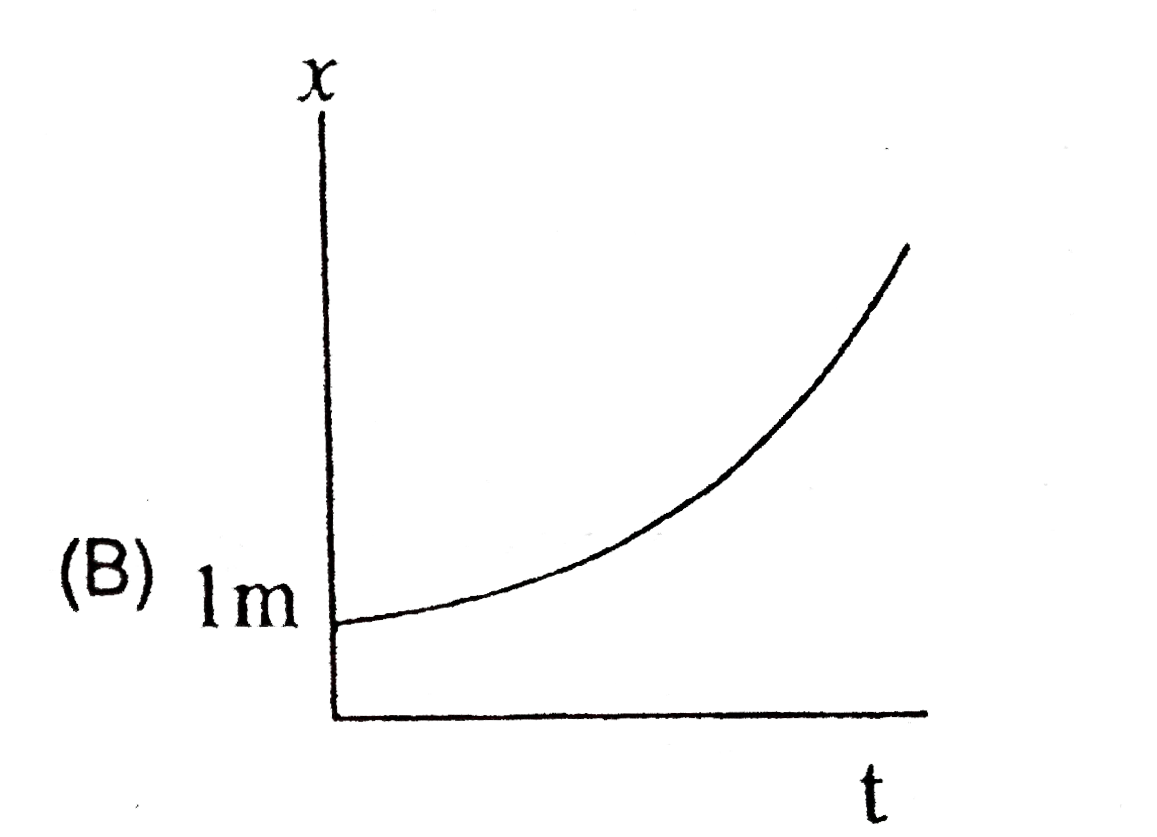 C
C D
D
- Question 2 - Select One or More
A particle moves with an initial velocity v0 and retardation αv, where v is the velocity at any time t.
AThe particle will cover a total distance v0αBthe particle will come to rest after time 1αCthe particle will continue to move for a along timeDThe velocity of particle will become v0e after time 1α - Question 3 - Select One
An equation relating to stability of an aeroplane is dvdt=gcosα−kv, where v is the velocity and g, k,α are constantts. If v=0. at t=0, velocity is
Agcosαk(1−e−kt)B−gcosαk(1−e−kt)Cgcosαk(1−ekt)D−gcosαk(1−ekt)
A particle is moving in a straight line and its acceleration-time graph is shown below. At t=0, the particle is at rest. Find the velocity of the particle at t=3s,6s and 8s. Also sketch the v-s graph.
 View Solution
View SolutionA particle is moving in a straight line under constant acceleration alpha. If the intial velocity is v0, sketch the v-t and s-t graphs. (v0>0).
View SolutionA particle moves with initial velocity v0 and retardation αv, where v is velocity at any instant t. Then the particle
View SolutionA particle moves with an intial velocity v0 and retardation αv, where v is its velocity at any time t.
View SolutionFor a particle moving in a straight line assume s,v,a and t represents displacement, velocity, acceleration and time respectively.
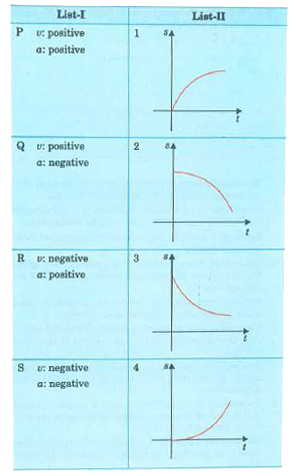 View Solution
View Solution

